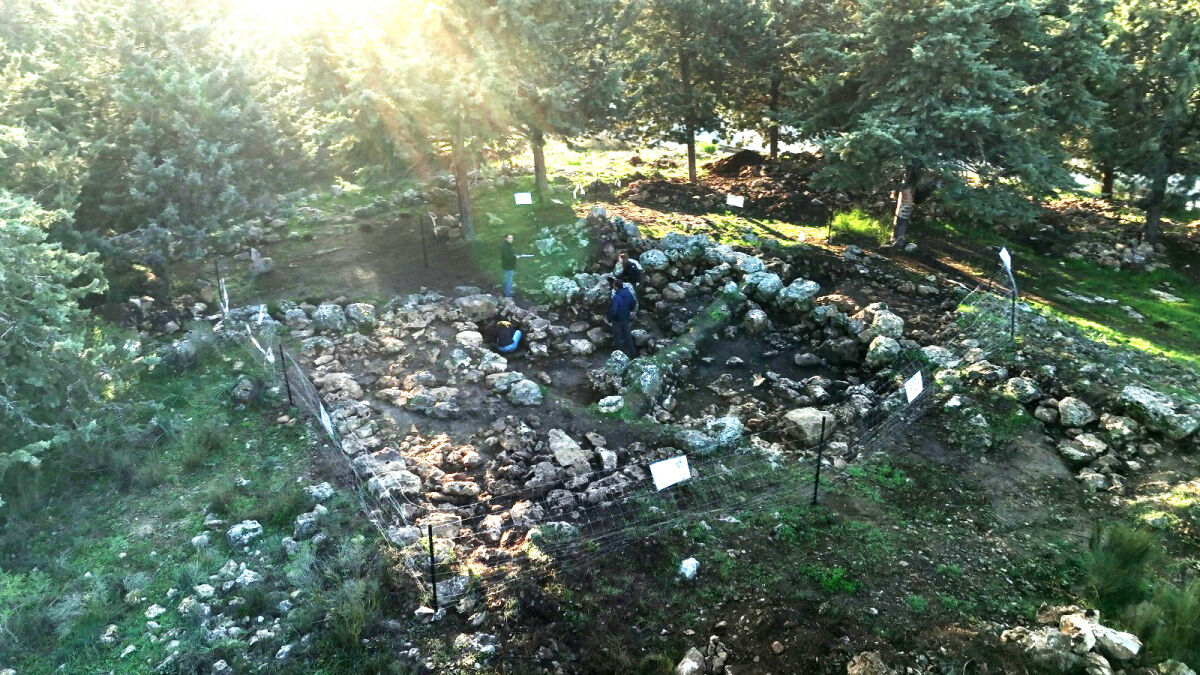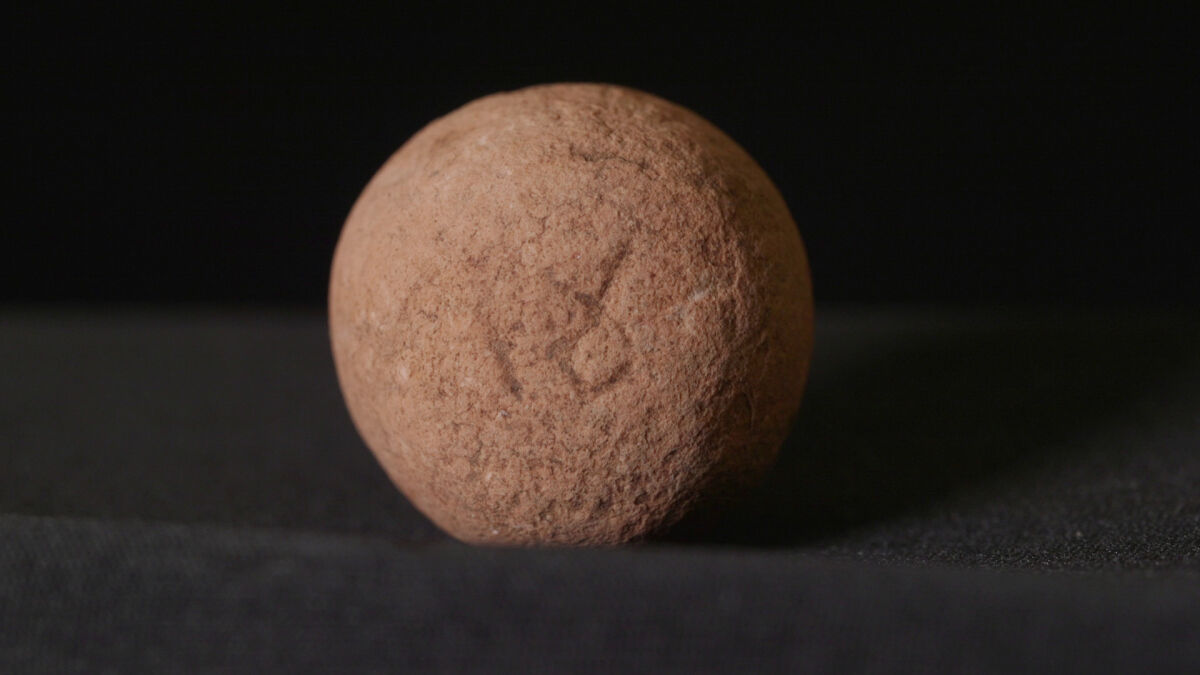An exceptionally rare silver coin, dating to the mid-sixth century b.c.e. (Persian period), was recently discovered at a site in the Judean Hills. The Israel Antiquities Authority (iaa) announced the discovery on January 17. According to excavation directors Michal Mermelstein and Danny Benayoun the site was “first settled in the First Temple Period, in the seventh century b.c.e. (2,700 years ago), during the reigns of the kings of Judah—Hezekiah, Manasseh, Amon and Josiah—a peak settlement period in the kingdom of Judah.”
Dr. Robert Kool, head of the iaa Numismatic Department, said:
The coin is extremely rare, joining only half a dozen coins of its type that have been found in archaeological excavations in the country. The coin was minted in a period when the use of coins had just begun. …
The coin belongs to a group of very early coins that were minted outside Israel, in the regions of ancient Greece, Cyprus and Turkey. In the sixth to fifth century b.c.e., such coins began to appear at sites in the land of Israel.

The coin is pressed with a square stamp, demonstrating an earlier, “sunken” minting. Coins would eventually utilize the more sophisticated “protruding” stamp style. The early dating of this coin is also evidenced by the fact that it was intentionally cut into two pieces to be used as a form of “hacksilver.” According to the iaa, this indicated that the way the economy functioned was still in transition. Using coins for trade and commerce wasn’t yet universal. This coin gives us evidence of “the process whereby global commerce moved from payment by weighing silver pieces, to the use of coins.”

Additional First Temple Period finds were also discovered, including a “characteristic ‘four-room house’,” a horse figurine, iron arrowhead and a shekel weight. This standardized weight (a measure mentioned several times in the Bible), weighing 11.07 grams, bears an inscribed hieratic symbol for “shekel” and single stroke for “one.” It would have been used to weigh “metals, spices and other expensive commodities,” say the excavators. “This was in effect a standard weight in the region of the kingdom of Judah, showing that commodities were carefully weighed in the markets.”

The excavations were conducted as part of an infrastructure project for Netivei Israel National Transport Infrastructure Company. Moriya Reef, engineer and department manager for Netivei Israel, said:
We began the substantial project on Highway 375 …. We fully recognized that this area required collaboration with the Antiquities Authority for the possibility of discovering archeological findings at any point throughout the job site. We enabled them to conduct their work parallel to the progress on the highway, and there is no doubt that its findings are amazing. The thought that discovering such important and meaningful findings thanks to initiating an infrastructure project is undoubtedly quite exciting.

